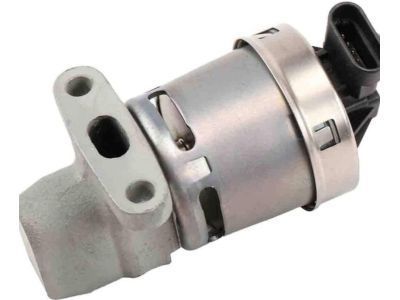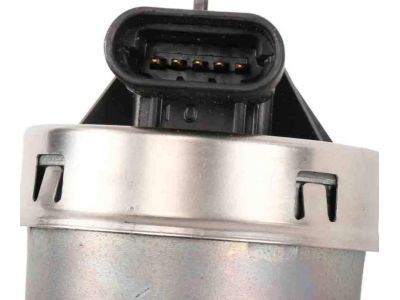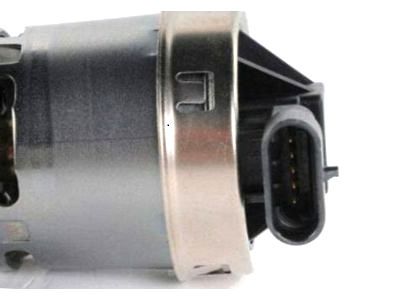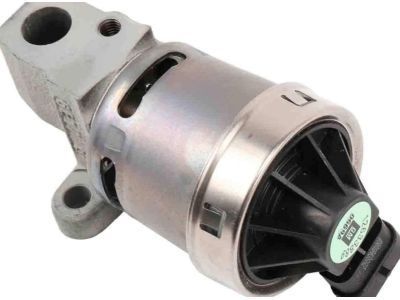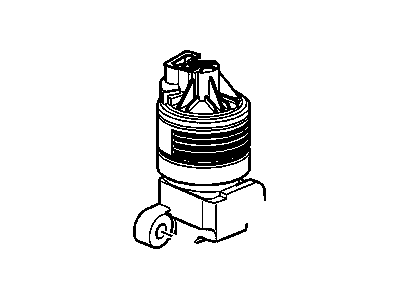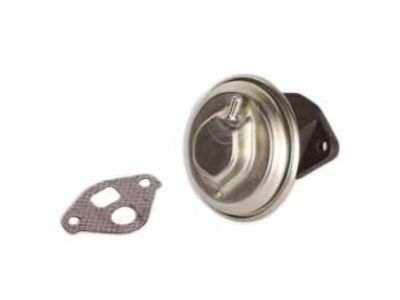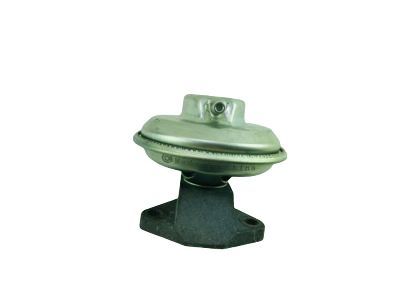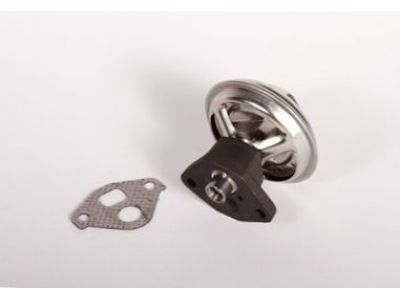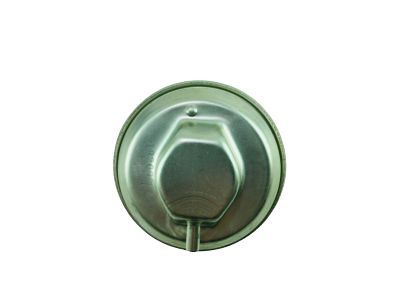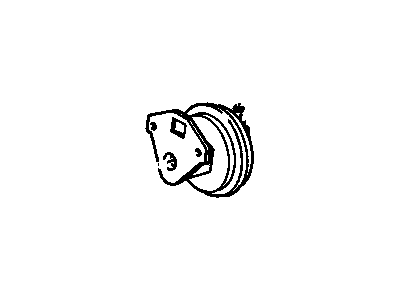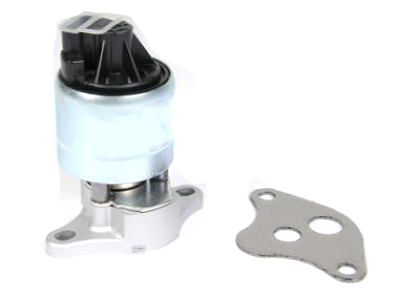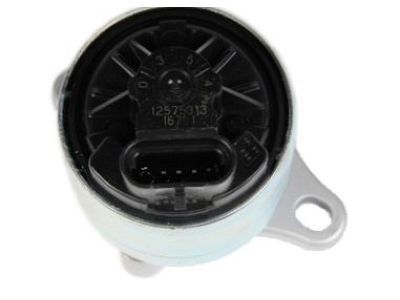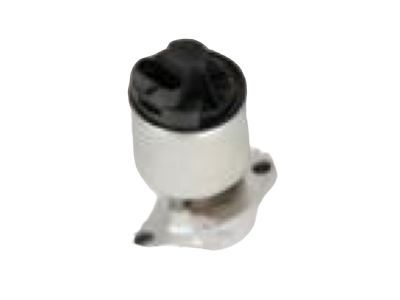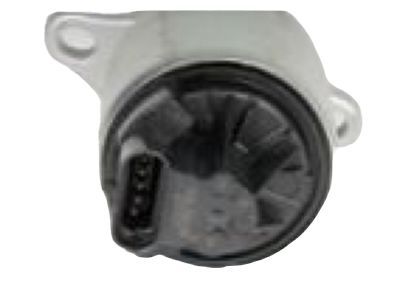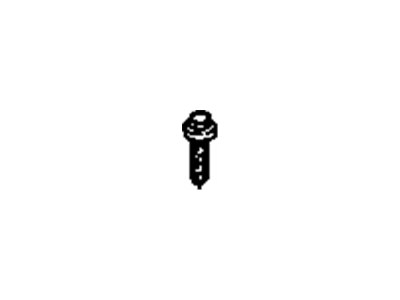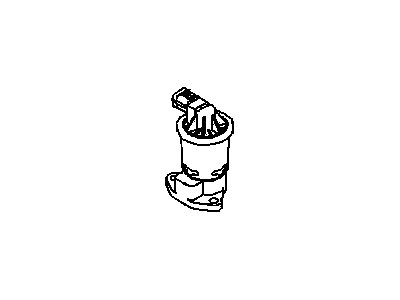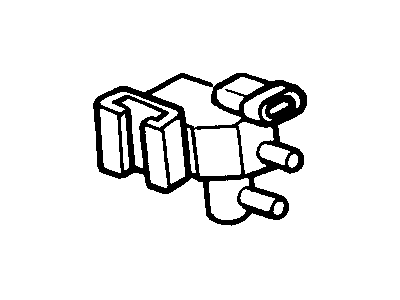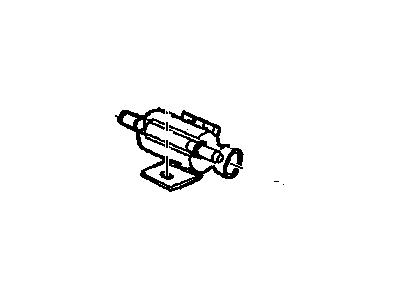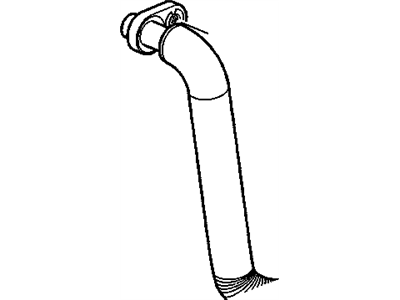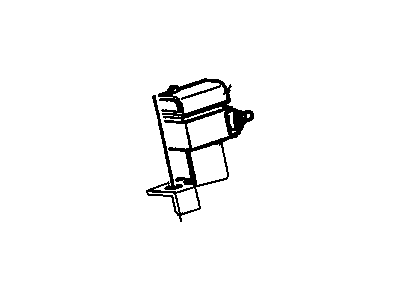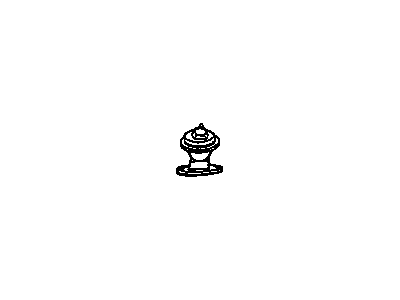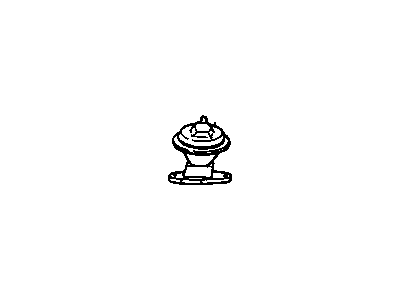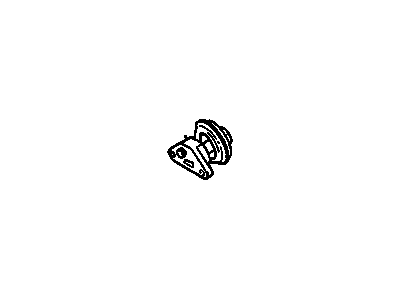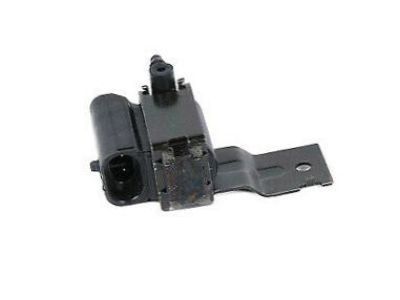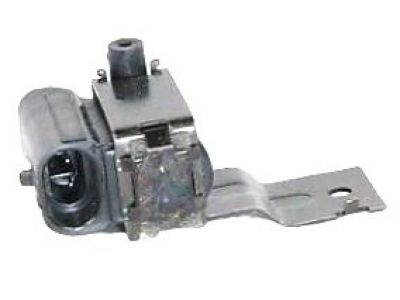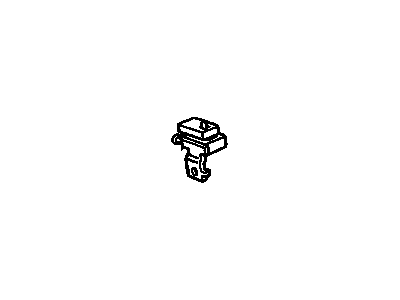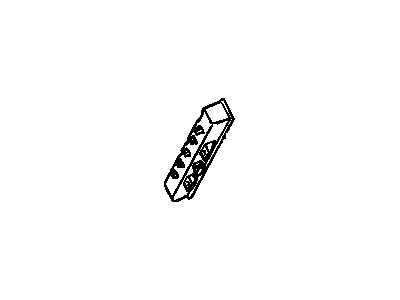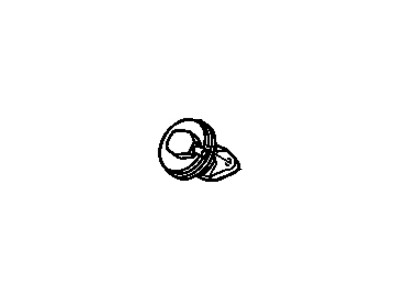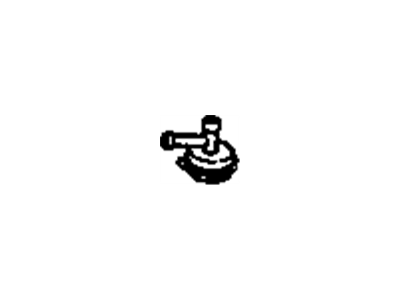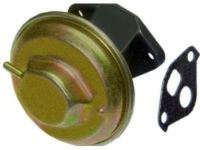
My Garage
My Account
Cart
Genuine Pontiac EGR Valve
Emissions EGR Valve- Select Vehicle by Model
- Select Vehicle by VIN
Select Vehicle by Model
orMake
Model
Year
Select Vehicle by VIN
For the most accurate results, select vehicle by your VIN (Vehicle Identification Number).
113 EGR Valves found
Pontiac Valve,EGR
Part Number: 12633889$139.07 MSRP: $283.70You Save: $144.63 (51%)Ships in 1-2 Business DaysProduct Specifications- Other Name: VALVE, Emission Control System; EGR Valve
- Replaces: 12581876, 12565309, 12613270, 24508966, 12573722
Pontiac Valve Kit,EGR
Part Number: 19210659$91.10 MSRP: $185.83You Save: $94.73 (51%)Ships in 1-2 Business DaysProduct Specifications- Other Name: VALVE, Emission Control System; EGR Valve
- Replaces: 17112685, 17113382
Pontiac Valve Asm,EGR
Part Number: 89060435$101.14 MSRP: $316.92You Save: $215.78 (69%)Ships in 1-2 Business DaysProduct Specifications- Other Name: VALVE, Emission Control System; EGR Valve
- Replaces: 88894013, 89017647, 12575313
Pontiac Valve,EGR
Part Number: 12578036$226.79 MSRP: $427.91You Save: $201.12 (47%)Ships in 1-2 Business DaysProduct Specifications- Other Name: VALVE, Emission Control System; EGR Valve
- Replaces: 17096306, 17113712
Pontiac Valve,EGR
Part Number: 25183476$96.82 MSRP: $303.40You Save: $206.58 (69%)Ships in 1-2 Business DaysProduct Specifications- Other Name: VALVE, Emission Control System; EGR Valve
- Replaces: 25182126, 96386735
Pontiac Valve Kit,EGR
Part Number: 19210658$65.73 MSRP: $206.03You Save: $140.30 (69%)Ships in 1-2 Business DaysProduct Specifications- Other Name: VALVE, Emission Control System; EGR Valve
- Replaces: 17112684, 17113381
Pontiac Valve Asm,Evap Emission Canister Purge Solenoid
Part Number: 1997296$10.38 MSRP: $18.88You Save: $8.50 (46%)Ships in 1-3 Business DaysProduct Specifications- Other Name: VALVE, Fuel Tank Evaporator/Purge Control
Pontiac Valve Assembly, Evap Emission Canister Purge Solenoid
Part Number: 1997289$42.12 MSRP: $147.87You Save: $105.75 (72%)Ships in 1-2 Business DaysProduct Specifications- Other Name: VALVE, Fuel Tank Evaporator/Purge Control; Purge Control Valve, Purge Valve, Solenoid Valve
Pontiac Valve Kit,EGR
Part Number: 89018175$195.03 MSRP: $397.86You Save: $202.83 (51%)Ships in 1-2 Business DaysProduct Specifications- Other Name: VALVE KIT, Emission Control System; EGR Pipe, Pipe, Tube
Pontiac Solenoid Assembly, Egr Control Valve Relay
Part Number: 1997223$38.04 MSRP: $119.21You Save: $81.17 (69%)Product Specifications- Other Name: SOLENOID, Emission Control System; Solenoid, Vacuum Control Solenoid
- Product Specifications
- Other Name: VALVE, Emission Control System; EGR Valve
- Replaces: 17111665, 17113456, 17112240
- Product Specifications
- Other Name: VALVE, Emission Control System; EGR Valve
- Replaces: 17110788, 17113459, 17111923, 17111922
- Product Specifications
- Other Name: VALVE, Emission Control System; EGR Valve
- Replaces: 17110476, 17068159, 17111299, 17068196, 17110475, 17066253, 17079818, 17068164, 17113433, 17110477
Pontiac Solenoid Assembly, Evap Emission Canister
Part Number: 10382401$42.67 MSRP: $133.69You Save: $91.02 (69%)Ships in 1 Business DayProduct Specifications- Other Name: SOLENOID, Fuel Tank Evaporator/Purge Control
Pontiac Valve Kit,EGR
Part Number: 19210666$82.27 MSRP: $167.83You Save: $85.56 (51%)Ships in 1-2 Business DaysProduct Specifications- Other Name: VALVE, Emission Control System; EGR Valve
- Replaces: 17113496, 17112007
- Product Specifications
- Other Name: SOLENOID, Emission Control System; EGR Valve Solenoid, Solenoid
- Product Specifications
- Other Name: VALVE, A/C Control
- Product Specifications
- Other Name: SOLENOID, Emission Control System; EGR Solenoid
- Product Specifications
- Other Name: VALVE, Emission Control System; EGR Valve
- Product Specifications
- Other Name: VALVE, Emission Control System
- Replaces: 17079682, 17079681
| Page 1 of 6 |Next >
1-20 of 113 Results
Pontiac EGR Valve
If you're searching for OEM Pontiac EGR Valves, look no further. Our website boasts an extensive inventory of genuine Pontiac EGR Valves, all available at competitive prices online. Every part we offer comes with a manufacturer's warranty. In addition, we provide a straightforward return policy and rapid delivery services, making your shopping experience a breeze.
Pontiac EGR Valve Parts Questions & Experts Answers
- Q: How Does the Exhaust Gas Recirculation System Work and How Do You Test and Replace EGR Valve on Pontiac Fiero?A:One of the major emissions control strategies is the Exhaust Gas Recirculation (EGR) system which is to reduce NOX emissions through reduced combustion temperatures through the EGR valve recirculates exhaust gas to combustion chamber. The EGR valve depends on either ported or full manifold vacuum and opens during warm engine operation and engine idle speed and above, and with changes in vacuum and back-pressure on the exhaust determines the amount of recirculating gas. There are three types of EGR valves: positive backpressure, negative backpressure, ported vacuum-all are different and regulated in various ways. The positive backpressure valve includes a vacuum Bleed and the negative backpressure valve varies exhaust gas flow depending on the manifold vacuum and the backpressure of the exhaust system. This valve is ported directly to the throttle so that its operation of recirculation depends on the opening of the throttle. In the case of ECM controlled valves, there is a diaphragm which provides the means by which the exhaust gases are drawn into the intake manifold, while there is a vacuum solenoid that uses pulse width modulations to control the of the recirculation of gases. Every EGR valve is assigned a serial number which is imprinted on the valve body to show what type of valve it is. Regarding non-ECM-controlled valves check for looseness, pressure, and vacuum signals, and check movement of the diaphragm. In the tests done for ECM-controlled valves, solenoid vacuum harness is disconnected and movement of the valve is witnessed under different circumstances. Some of the components require the disconnection of the hoses, the removal of the valve and there has to be adequate cleaning of the valve and passages to avoid the buildup of deposits that hampers the working of the component. Lastly the new components the torque specification and the connectivity between components have to be strictly followed.
Related Pontiac Parts
Browse by Model
6000 EGR Valve Aztek EGR Valve Bonneville EGR Valve Fiero EGR Valve Firebird EGR Valve G3 EGR Valve G6 EGR Valve Grand Am EGR Valve Grand Prix EGR Valve J2000 EGR Valve LeMans EGR Valve Montana EGR Valve Parisienne EGR Valve Phoenix EGR Valve Safari EGR Valve Sunbird EGR Valve Sunfire EGR Valve Sunrunner EGR Valve T1000 EGR Valve Torrent EGR Valve Trans Sport EGR Valve Vibe EGR Valve
